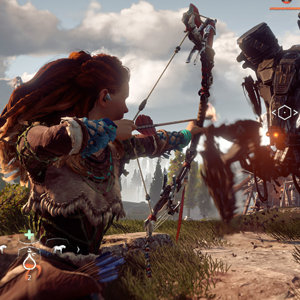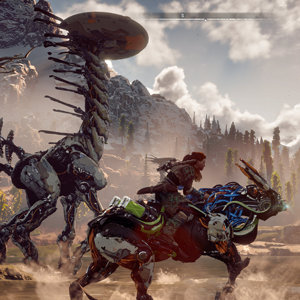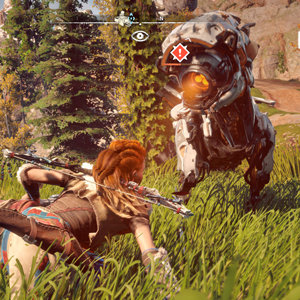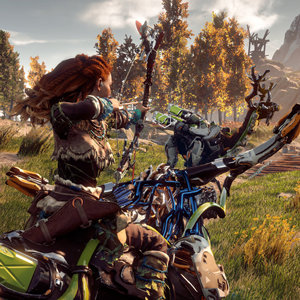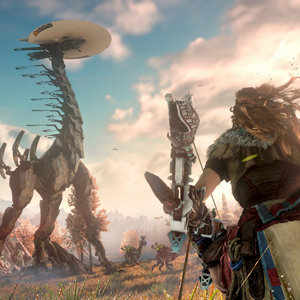Money Transfer Made Easy
Sending money transfers through Ria and our global network of 287,000+ locations in 147+ countries, is fast, safe and secure. We guarantee that your family, friends and business partners will receive their funds in a timely manner with excellent customer service at all of our agent locations.
Choose Ria and you'll discover:
• Excellent exchange rates
• Convenient send and payout locations worldwid
Choose Ria and you'll discover:
• Excellent exchange rates
• Convenient send and payout locations worldwid
How to Send Money
To send money in person, contact one of Ria’s 287,000+ locations worldwide. To find a location near you, please click on our Locations Search or call Ria’s toll-free number (within the U.S.) at 1-800-500-3994, or 1-562-345-2119. If you are interested in sending money online from the U.S. to any one of our locations please visit http://www.riamoneytransfer.com.
Security Safeguards
Every Ria money transfer is processed using our proprietary software system and screened for accuracy, completeness and federal compliance. Our attention to detail virtually guarantees that transfers arrive at their destination promptly and safely. We work hard to earn and maintain customer confidence around the world.



























